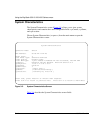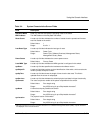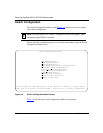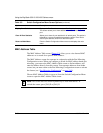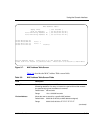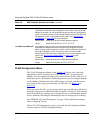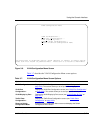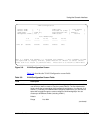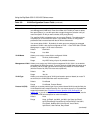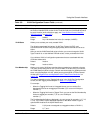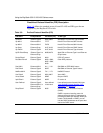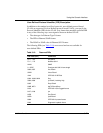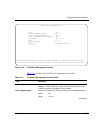
Using the BayStack 350 10/100/1000 Series Switch
3-22
309979-A Rev 00
VLAN Configuration
The VLAN Configuration screen (Figure 3-9
) allows you to assign VLAN port
memberships to your switch ports. You can also create port-based VLANs and
protocol-based VLANs:
• Port-based VLANs allow you to explicitly configure switch ports as VLAN
port members.
• Protocol-based VLANs allow you to configure your switch ports as members
of a broadcast domain, based on the protocol information within a packet.
Protocol-based VLANs can localize broadcast traffic and assure that only the
protocol-based VLAN ports are flooded with the specified protocol-type
packets.
When you configure ports as VLAN port members, they become part of a set of
ports that form a broadcast domain for a specific VLAN. You can assign switch
ports as VLAN port members of one or more VLANs.
You can assign VLAN port members attributes that allow the individual ports to
operate in accordance with the IEEE 802.1Q tagging rules. You can define each of
the VLAN port members as tagged or untagged (see “IEEE 802.1Q Tagging” on
page 1-21 for a description of important terms used with 802.1Q VLANs).
You can also use this screen to create and to delete specific VLANs, to assign
VLAN names, and to assign any VLAN as the management VLAN.
Choose VLAN Configuration (or press v) from the VLAN Configuration Menu
screen to open the VLAN Configuration screen.



